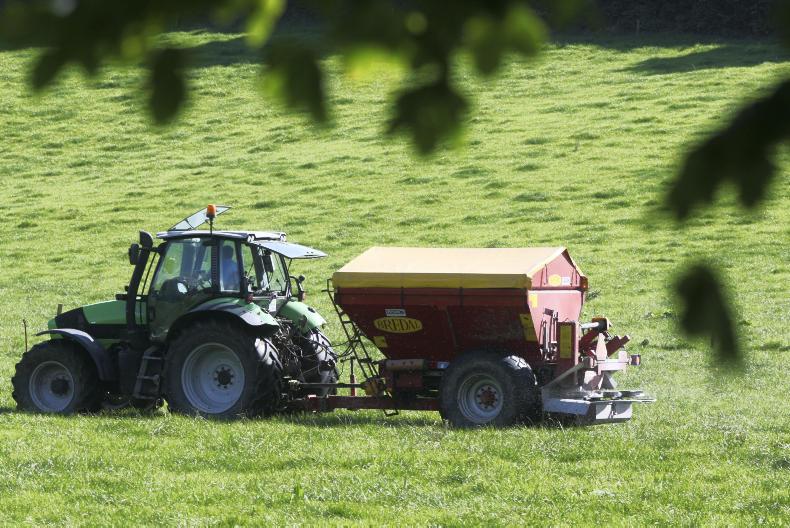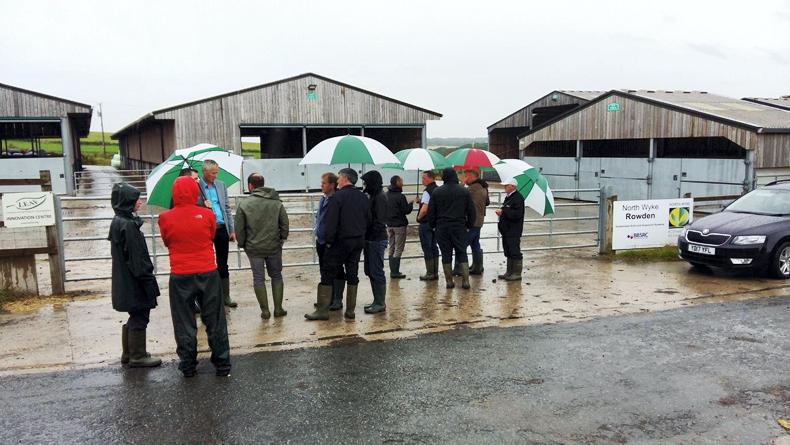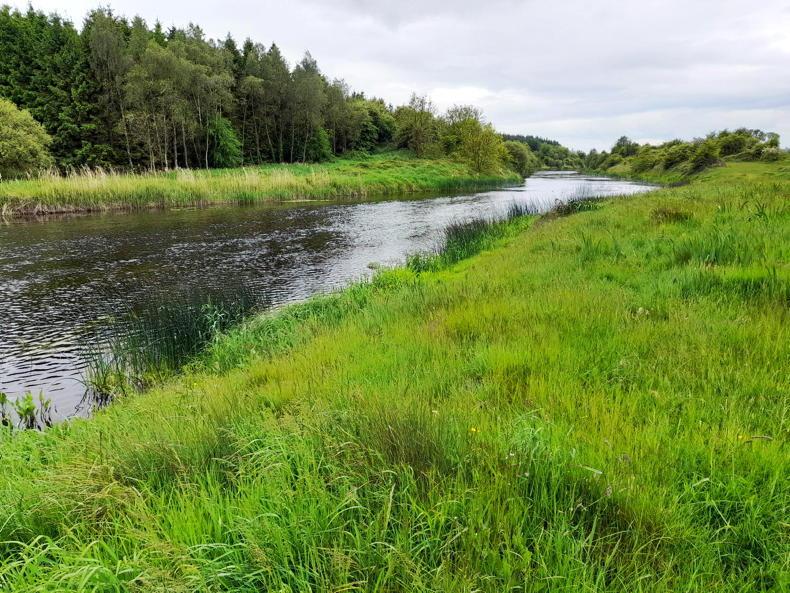Across the EU, and in most countries worldwide, the trend is towards indoor systems of dairy production, whereas there is a growing societal pressure, particularly in the EU, to reverse this.
There is a lot of evidence to show that cows prefer to be outside on pasture. Research shows that cows are less stressed and more comfortable when they are at pasture because they are freer from competition and bullying and likely to spend longer lying down when outside.
The sustainable image of Irish dairy products is underpinned at farm level by grazing cows in a clean environment.
Nutrient use efficiency
Pasture-based production on permanent grassland is a key contributor to the generally low nutrient contamination of Irish rivers and lakes.
Nevertheless, P use in particular can have a negative impact on water quality and efficient use of P is important because of diminishing global reserves and increasing cost.
High reliance on grazed grass and a low proportion of concentrate in the diet of dairy cows in Ireland is a key contributor to Irish dairy farms having the highest P use efficiency in the world, which is in sharp contrast to the situation in most other EU countries and even Northern Ireland, where concentrate inputs are higher.
There have been substantial improvements in slurry storage and slurry and dirty water management on Irish farms over the past decade.
Paradoxically, soil deficiencies of lime, P and potassium (K) have been identified as a key area for improvement because of their impact on grass growth and the economic performance of farms.
Nitrate losses to water tend to be low under permanent grassland particularly on the heavier textured soils and high rainfall conditions that predominate in Ireland.
Nevertheless, there is no room for complacency because the continuation of the nitrates derogation is conditional on improving water quality. Furthermore, nitrogen (N) fertilizer use on Irish dairy farms is higher than most other EU countries including the Netherlands, where there is greater reliance on maize.
This is a matter for concern because not only can fertilizer N impact on water quality it also contributes to greenhouse gas and ammonia emissions.
Nitrogen use efficiency of Irish dairy farms is typically <30%. Nitrogen use efficiency can be improved on farms by good N management practices such as responsible application of slurry, dirty water and fertilizer N in terms of rates and dates of application, applying slurry using trailing shoe, white clover and new fertilizer N formulations such as NBPT-protected urea.
It is clear that there remains a large potential for improvement in N use efficiency through better management practices and newly emerging technologies.
Carbon footprint of Irish dairy
It is well known that Irish milk has one of the lowest carbon footprints in the world and certainly one of the lowest in the EU.
It offers a unique selling proposition in that a food manufacturer aiming to lower the carbon footprint of its product is likely to favour Irish raw material over that produced on Dutch, French or German farms (particularly when the Irish product is also cost competitive) because over 70% of the carbon footprint of many dairy products is generated within the farm gate.
It can also be argued that – from a global perspective – it is better to produce milk on Irish farms rather than in counties with higher emission dairy systems.
Relatively low emissions on Irish dairy farms provide justification for expanding national milk output to meet growing international demand.
However, these considerations are not well aligned with current EU policy and international agreements on tackling climate change. In the first place greenhouse gas emissions are accounted for and emission reduction targets are imposed on a national basis. Secondly, Ireland has one of the highest per capita greenhouse emissions in the EU because of our huge reliance on livestock based agriculture and relatively low human population density. The challenge for policy makers is how to meet the growing global demand for high quality and safe food while transitioning to a low carbon economy.









SHARING OPTIONS